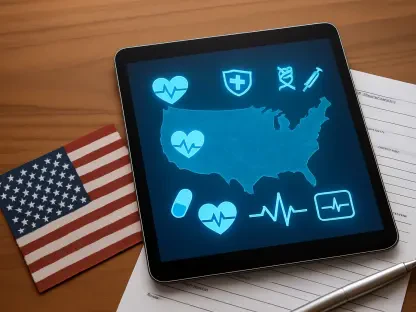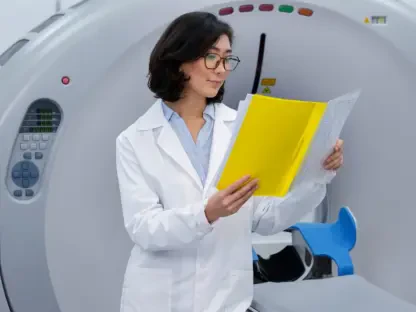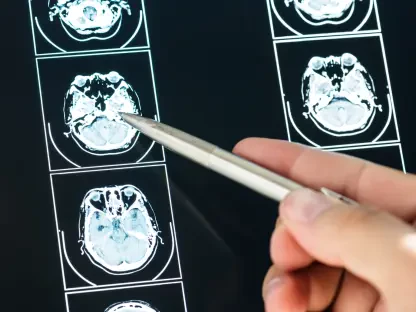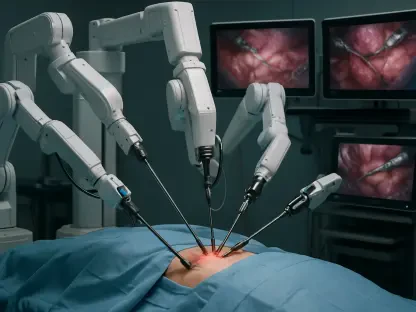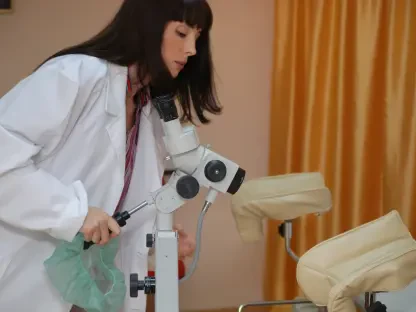The discussion about extending telemedicine regulations to veterinarians in Texas has sparked a significant debate. Glenn Rogers, a seasoned veterinarian with over 45 years of experience and a former Texas legislator, argues fervently against such amendments, positing that they could jeopardize animal welfare and the food supply chain. Rogers underscores the crucial role of traditional veterinary evaluations in ensuring accurate diagnoses and effective treatments.
Traditional Veterinary Evaluations
Importance of Physical Examination
Rogers emphasizes that the key to reliable veterinary care lies in thorough physical examinations. Veterinarians’ direct acquaintance with the animals and their owners fosters a trustworthy veterinarian-client-patient relationship (VCPR). Understanding the owner’s expertise and the specific conditions of animal housing are vital components for precise diagnosis and tailored treatment. Without such detailed examinations, veterinarians might miss crucial signs that inform an accurate diagnosis. The nuances of an animal’s health can be subtle and are best observed through direct and comprehensive physical evaluations. This hands-on approach ensures that treatments are not just efficient but specifically aligned with the unique needs of each animal.
Undoubtedly, the importance of direct physical exams extends beyond the mere visual assessment. It involves palpation, auscultation, and other techniques that provide a multi-faceted insight into an animal’s health status. The personal interaction between the veterinarian, the animal, and the owner significantly strengthens the trust and efficacy of the VCPR. This relationship is not just a professional requirement but a cornerstone of effective veterinary practice. By closely understanding the conditions and environment in which animals are kept, veterinarians tailor their health care approach in ways that remote consultations cannot match.
Complementary Role of Telemedicine
While acknowledging telemedicine’s utility as a complementary tool, especially for veterinarians managing large herds on extensive properties, Rogers stresses its limitations. He argues that telemedicine should not replace in-person visits for new patients, as doing so could risk misdiagnoses and inappropriate treatments based solely on video consultations with animals and owners unfamiliar to the veterinarian. Telemedicine can be valuable for ongoing consultations where the veterinarian is already familiar with the patient’s history and current condition.
In managing large herds, virtual follow-ups might assist in monitoring ongoing treatments, but diagnosing new issues necessitates physical visits. The visual limitations of telemedicine mean that subtle physical signs might be missed, affecting the accuracy of the diagnosis. For instance, symptoms like changes in skin texture, pupil dilation, or muscle rigidity are often best assessed through direct contact. Therefore, while telemedicine can enhance continuous care, it is not a substitute for the initial, critical in-person evaluation.
Risks to Animal and Public Health
Misdiagnosis and Inappropriate Treatments
Rogers highlights the dangers of relying solely on telemedicine, evidenced by issues in human telemedicine like antibiotic over-prescription. In veterinary care, prudent antibiotic use depends heavily on understanding the specific context of the herd and owner’s capability. He warns that telemedicine could lead to increased misdiagnoses, delayed treatments, prolonged animal suffering, and elevated costs for owners. The pressure to prescribe quickly without thorough examination could exacerbate issues of drug resistance.
Moreover, the dependency on telemedicine may increase the likelihood of owners providing incomplete or inaccurate histories. Such gaps in information can lead to incorrect treatment plans. For example, an apparent skin lesion viewed through a video call might seem like a minor rash but could be symptomatic of a serious fungal infection requiring immediate attention. These inaccuracies pose a risk not only to the animal’s health but also to public health aspects when considering zoonotic diseases.
Public Health Concerns
The potential ramifications of telemedicine extend to public health risks regarding food animals. Veterinarians play a pivotal role in identifying contagious diseases such as bird flu or foot-and-mouth disease, which can rapidly spread through herds and threaten the food supply chain. Rogers recounts veterinarians’ critical role in linking fatal outbreaks to broader public health issues, underscoring the importance of accurate in-person assessments. For instance, early detection of symptoms and rapid response protocols are vital in preventing extensive outbreaks that can devastate entire herds.
The absence of direct, physical examinations in potentially infected herds may delay critical response actions. This delay can exacerbate the spread of diseases, creating larger public health crises. Accurate, timely identification of contagious diseases by veterinarians is therefore indispensable. Remote consultations cannot provide the thoroughness necessary to prevent the breach of zoonotic barriers, which is crucial for controlling the spread of diseases that could impact both animals and humans. The intersection of animal health and public health underlines the essential role of physical veterinary assessments.
Legal and Economic Implications
Federal Regulations and Compliance
Rogers raises legal concerns about telemedicine practices conflicting with the U.S. Food and Drug Administration (FDA) regulations, which do not permit establishing a VCPR through telemedicine. He cautions that state law changes opposing this rule might trigger federal injunctions, potentially barring affected animals from entering the human food supply and causing severe economic repercussions. This non-compliance with federal regulations could result in stringent legal actions and significant disruptions in the food supply chain. The legal risks associated with contravening established regulations are substantial.
Moreover, the economic fallout from non-compliance can be severe for the agricultural sector. Federal injunctions could lead to the embargo of entire herds suspected of being inadequately examined. Such actions would not only affect farmers and their immediate economic interests but could also ripple across the national economy. The financial burden of these potential legal battles, coupled with the disruption in the food supply, underscores the crucial need for compliance with FDA regulations and prudent practice.
Addressing Veterinary Shortages
Rogers acknowledges the shortage of veterinarians, particularly in rural areas and large animal practices. However, he points to substantial legislative investments aimed at resolving this issue, including the expansion of veterinary educational facilities, which promise to bolster the number of veterinarians entering rural large animal practice safely and effectively without compromising animal health or food safety. For example, Texas Tech University School of Veterinary Medicine is set to graduate its first cohort, augmenting the veterinary workforce. In addition, Texas A&M College of Veterinary Medicine & Biomedical Sciences has increased its class sizes.
These initiatives reflect long-term solutions that provide more veterinarians to underserved areas while maintaining high standards of animal health care. Unlike the quick fix that telemedicine might seem to offer, these measures ensure that the quality of veterinary care is not compromised. They also highlight the importance of hands-on training and experience, which are integral to tackling the challenges faced in large animal practices, ensuring that the shortage issue is addressed comprehensively and sustainably.
Small Animal Practices
Complexity of Remote Diagnosis
For small animal practices, Rogers argues that many conditions are too intricate to diagnose remotely. Issues like bacterial and fungal infections, scabies, and allergic reactions often require direct physical examination, including heart and lung auscultation and diagnostic tests. He contends that behavioral problems, often linked to underlying health issues, could be overlooked without an in-person evaluation, resulting in misdiagnosis and prolonged suffering. Behavioral symptoms, in particular, can be indicative of a range of hidden physiological issues that need thorough examination.
The complexity of small animal health problems means that relying solely on the owner’s observations communicated through a video call is inadequate. Subtle signs of serious ailments can be missed without a detailed physical check, leading to uninformed treatment choices. Cats and dogs, for example, might display changes in their behavior that are minute but significant, necessitating physical interaction for accurate understanding. Therefore, maintaining rigorous diagnostic procedures through in-person evaluations ensures pets receive the correct and prompt care they need.
Advocating for Established Practices
The ongoing debate in Texas regarding whether to extend telemedicine regulations to the field of veterinary medicine has generated significant discussion. Dr. Glenn Rogers, a veterinarian with more than 45 years of expertise and a former member of the Texas legislature, is strongly opposed to these proposed changes. He argues that such amendments could put animal welfare at risk and disrupt the food supply chain. Dr. Rogers emphasizes the essential importance of traditional veterinary methods for conducting evaluations, stating that they are critical for making accurate diagnoses and providing effective treatment plans. According to him, remote consultations lack the comprehensive understanding and precision required for proper veterinary care. His perspective is influenced by decades of hands-on experience, suggesting that while technology has its place, it should not replace the in-person expertise that is vital for ensuring the health of animals. This debate continues to highlight the broader implications of integrating telemedicine into fields that traditionally rely on direct, physical interaction.



